
The Italians of Italy began immigrating to this country in large numbers in 1880. They moved to towns where other Italians had already settled.
One of their chosen towns was Raritan which by 1896 had around 100 Italian families in a town of 3000 people. The Italians, then members of St. Bernard’s Catholic Church, decided that it was time to celebrate St. Rocco in their new country. So in 1896 they planned Raritan’s first St. Rocco celebration.
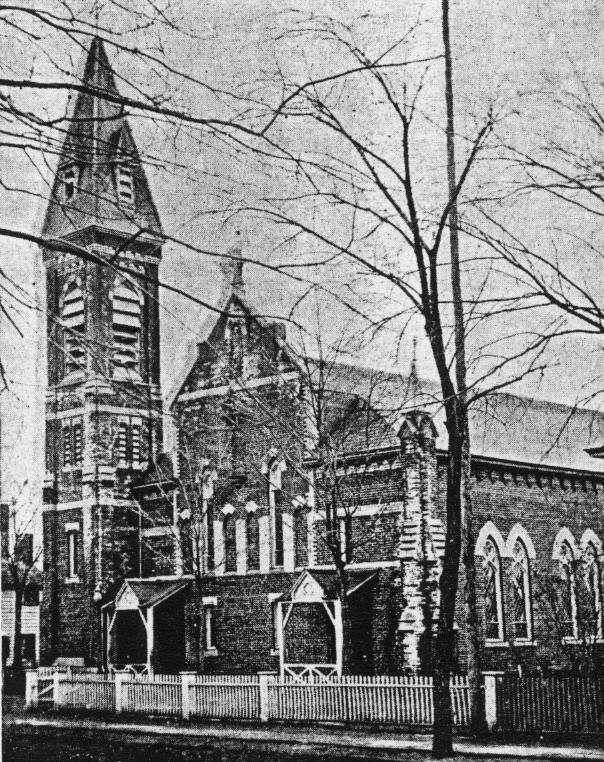
The festival surprised and delighted the non-Italians of Raritan. The newspaper explained it best printing “it appeared to our (Raritan) citizens to be a day of jubilee rather than a Holy Day from all the noise that was made”.
But nobody was complaining – it was a lot of fun for everyone. The music, parade, and fireworks were for all to enjoy, not just the Italians.
St. Rocco Celebration for the first 7 years
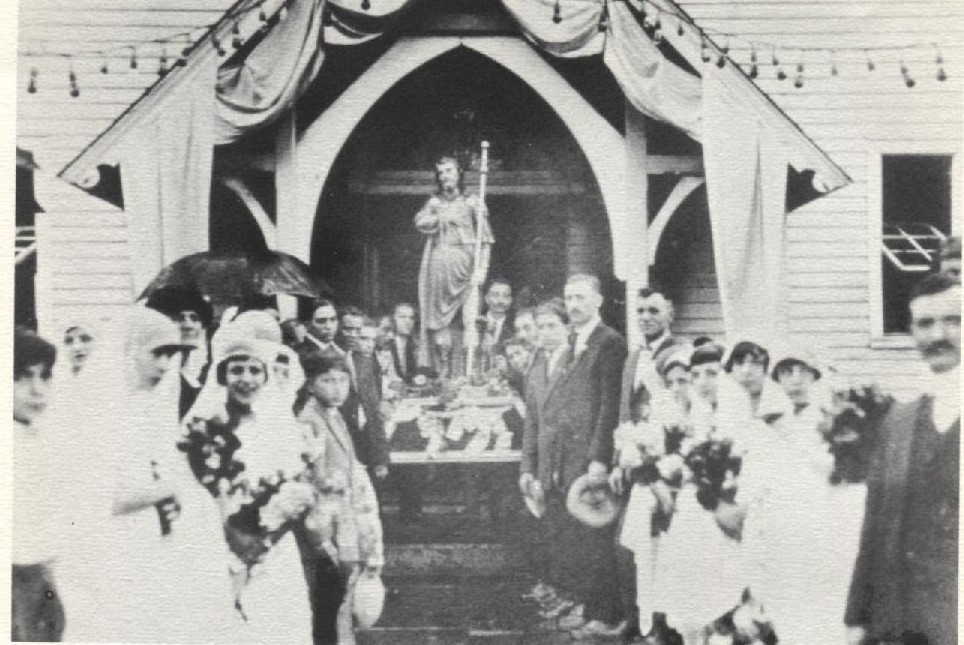
The bands would stay in Raritan overnight for the two or three day festival.
Second, they played in front of the homes of some of the prominent people. Finally, the band held a well-attended concert in the evening.
By the third year (1898) of the festival the trolley line that had started in the east had been completed into Raritan.
This allowed thousands to come to Raritan from Bound Brook, Dunellen and East Brunswick as word had gotten around this was something not to be missed.
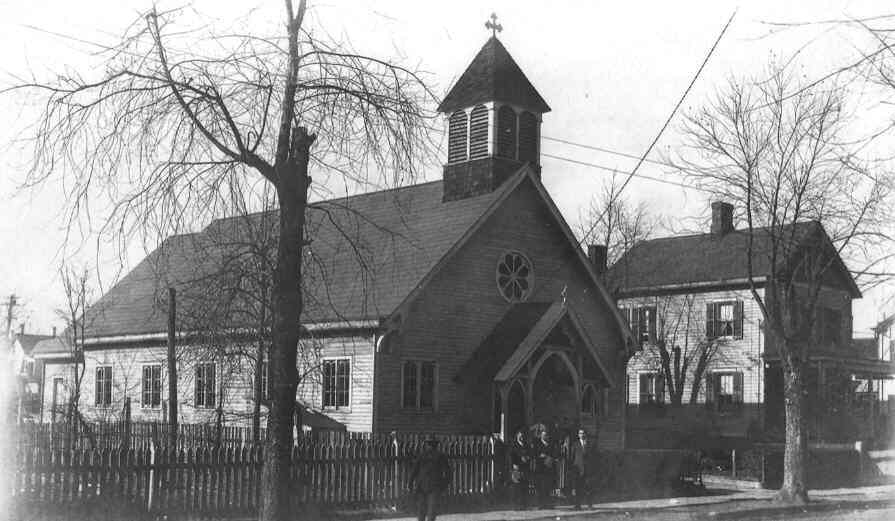
That was the area behind today’s Municipal Building where the First Growth Plaza (Old Intermediate School) is today.
A grandstand and bandstand would be setup for the occasion.
By 1903, the Raritan Italians who had been attending St. Bernard’s Church, started their own church - St. Ann’s.
Thus the St. Rocco celebration, after being part of St. Bernard’s for seven years, became part of St. Ann’s – and it has been associated with St. Ann’s Church ever since.
Each year the celebration grew in size and extravagance. In 1901 the newspaper estimated that 4,000 were on hand for the fireworks. By 1910, it was 8,000. By 1935 the crowd was estimated at 20,000.

“The St. Rocco celebration at Raritan exceeded in splendor, if possible, the spectacular of former years. Every particle of space on the commons was preempted by merry-go-rounds, booths of all kinds, and every variety of sideshow.”
Each year more and more people watched the statue procession and more and more people were in the procession itself.
One photogenic part of the procession was the young girls who wore white dresses. Many old photos of them have survived.
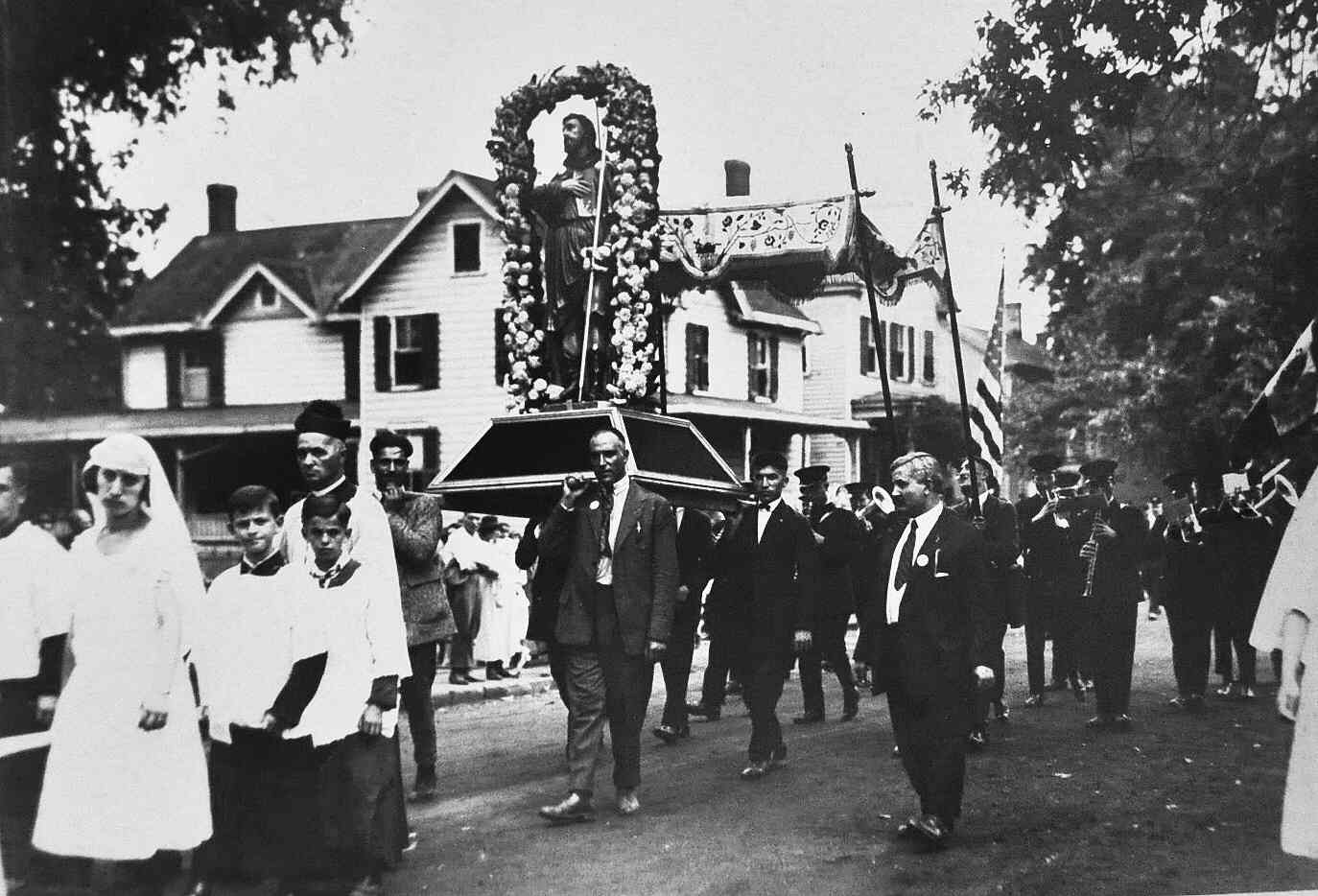
One historical note – from (around) 1904-1929 the celebration honored both St. Rocco and another Italian Saint – St. Donato. But St. Rocco received the top billing.
The newspaper writers who covered the event always wrote how impressed they were that everything ran so smoothly. These Italians knew how to throw a party.
They indeed had some excellent party planners. Some of these early planners have names that are still recognized in town today -
they included Andrea Sibilia, Luigi Minetti, Salvatore Basilone, Rocco Stabile, and Fortunato Corona.
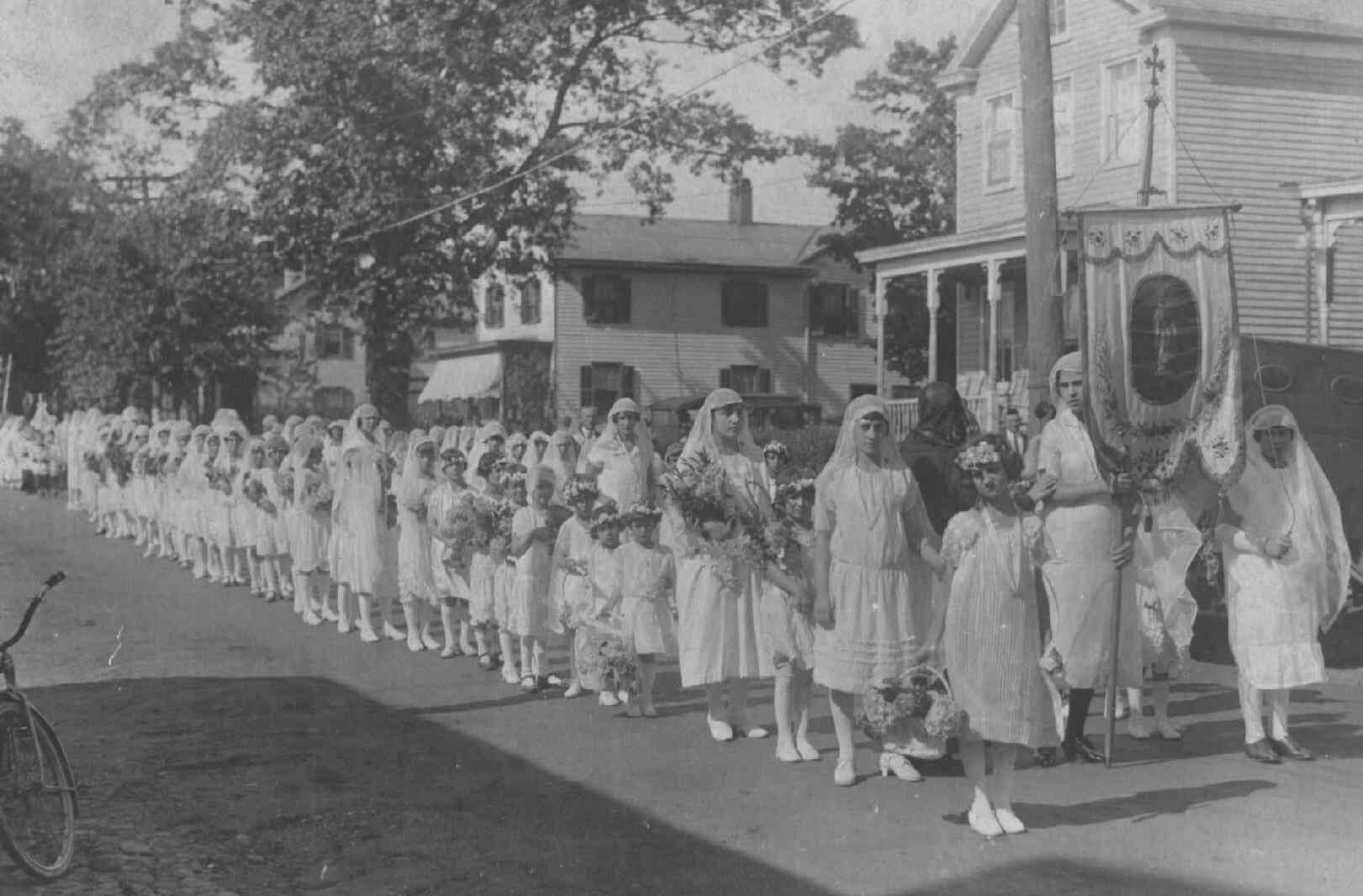
So the next year, in 1915, the authorities were on the alert. Not long after the festival began several suspected out-of-town deviants were put in the town jail where they could do no harm.
By 1925 the booths, concert, and fireworks would move over to a large field where Weiss Terrace and Meehan Avenue are today. It was farm land owned by Billy Green – thus it was called Green’s Field.
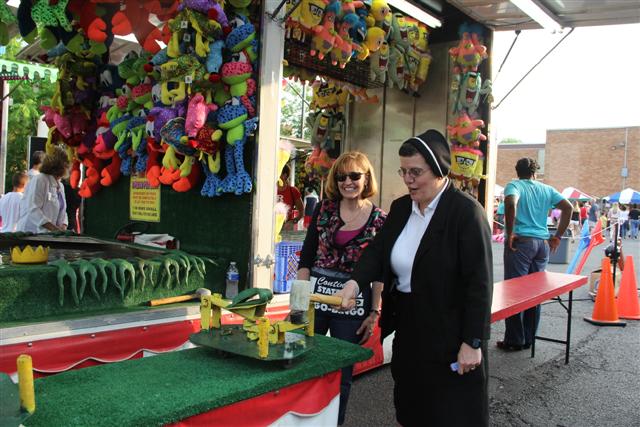
In 1943, 1944 and 1945 the event was not held due to the war. After the war the St. Rocco celebration was once again held with the large crowds returning.
It would take place in Green’s Field for a few more years. Then by 1950 it was moved over to the property around St. Ann’s Church where it remains to this day.
It is no longer called the St. Rocco Festival, but St. Ann’s Festa. It is also now held in June as opposed to the once traditional August.
This year, as always, the statue of St. Rocco, which is said to be the original statue used at Raritan’s first St. Rocco festival, is paraded through the streets. But today’s parade route is short and the crowd is just a tiny fraction of what it was a hundred years ago.